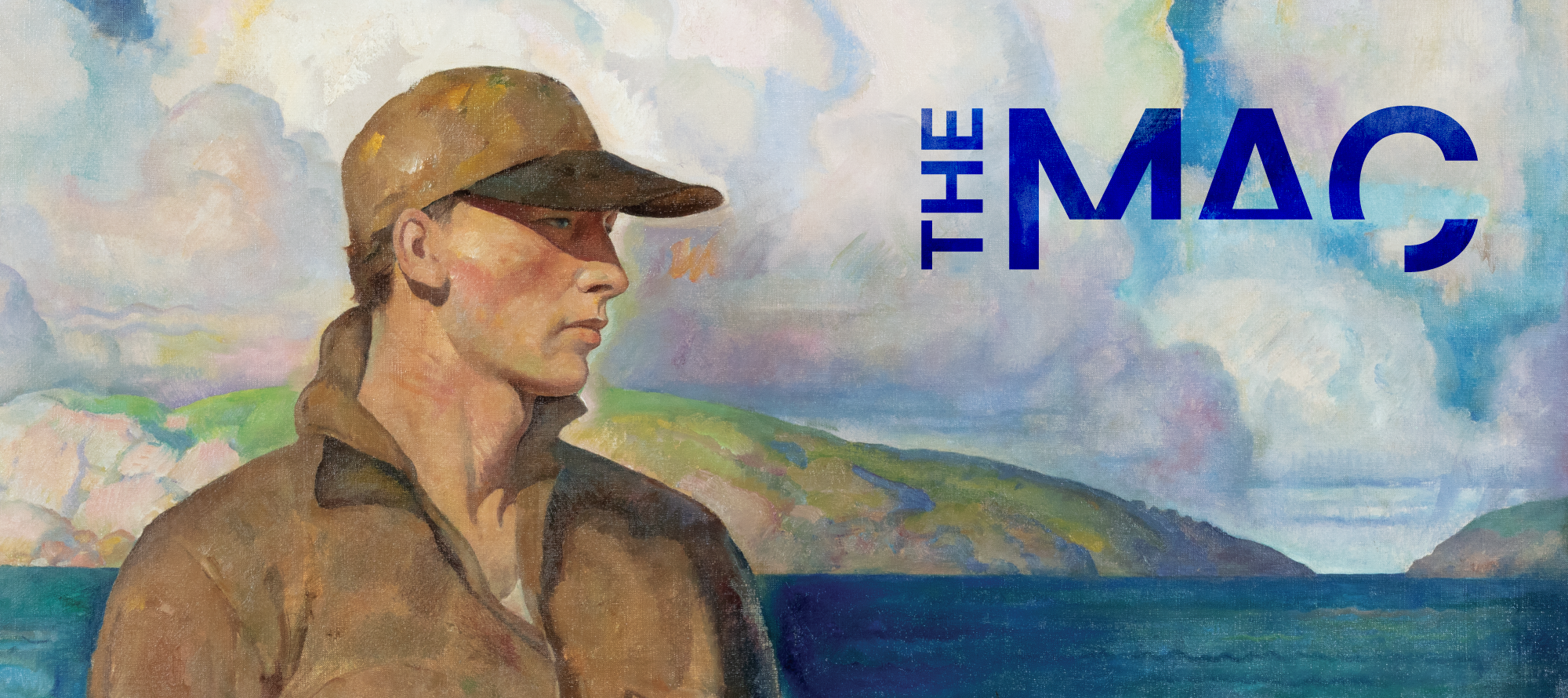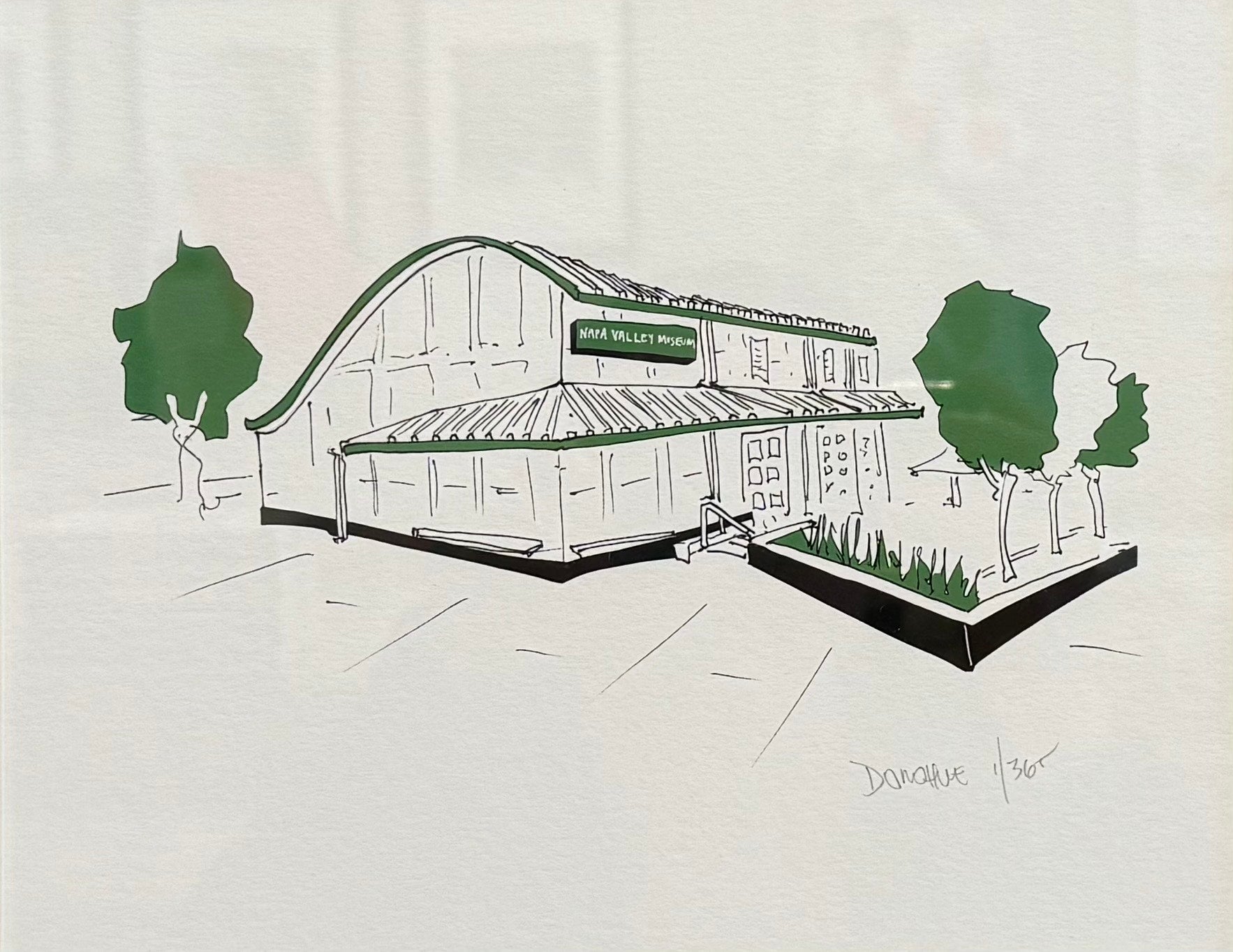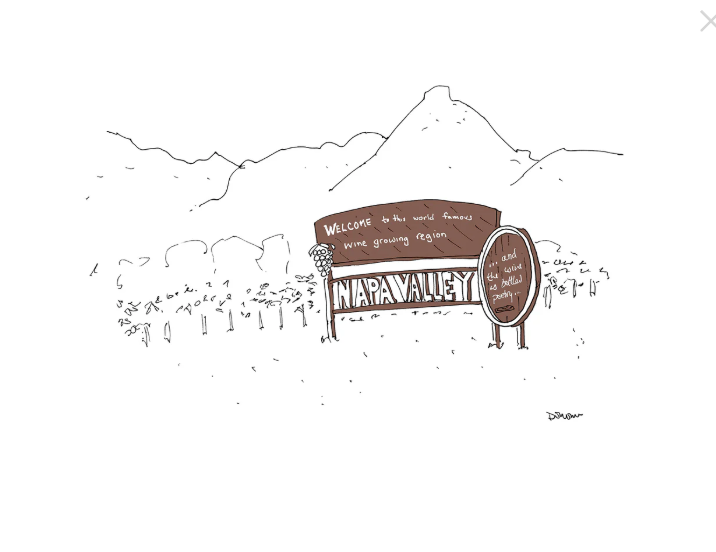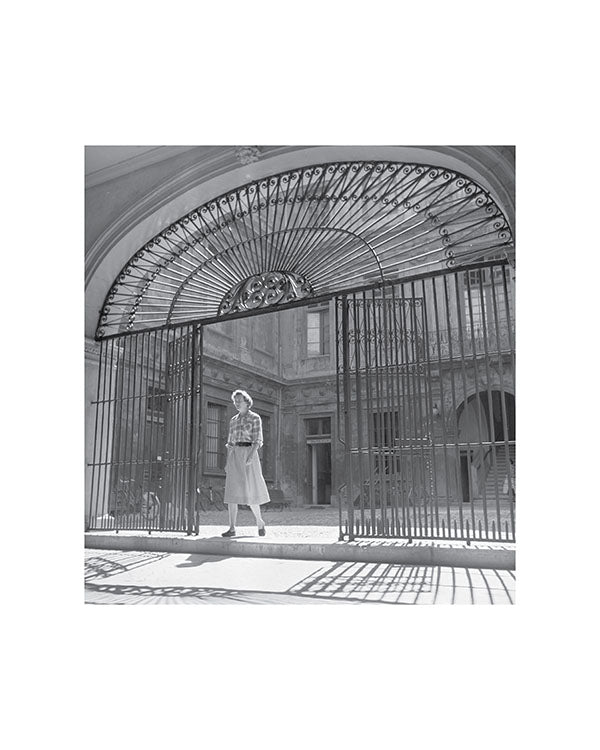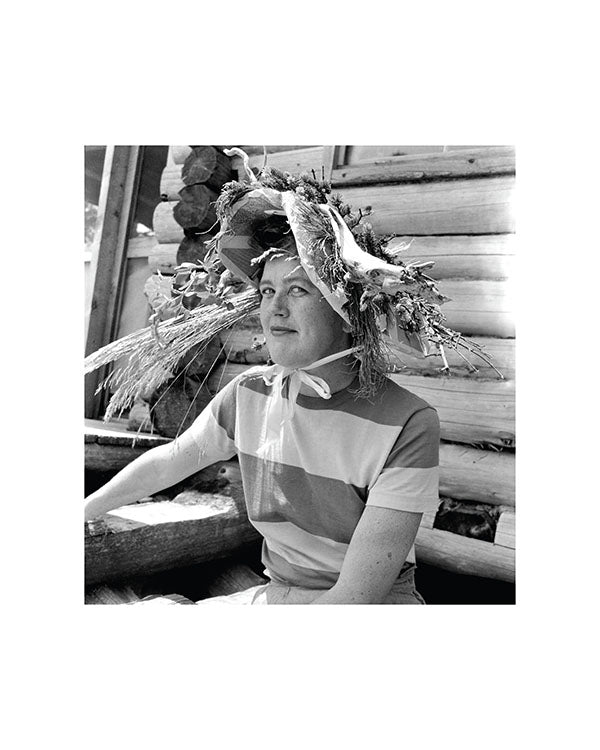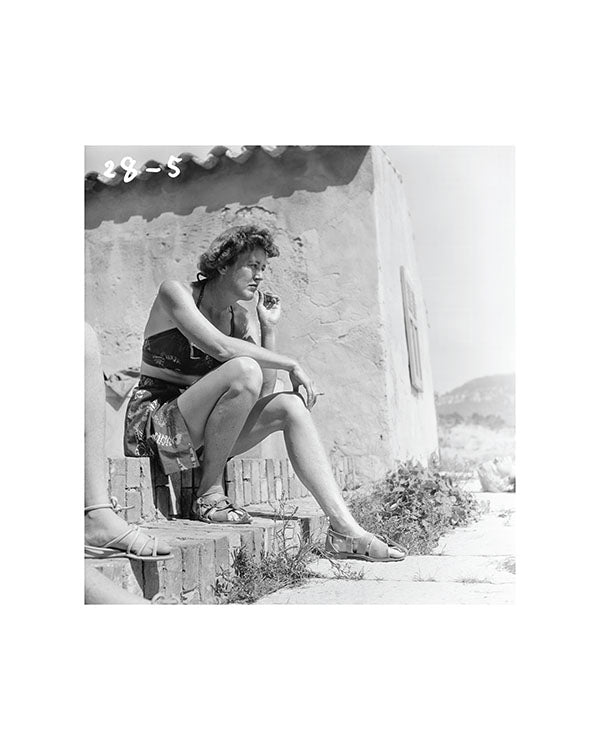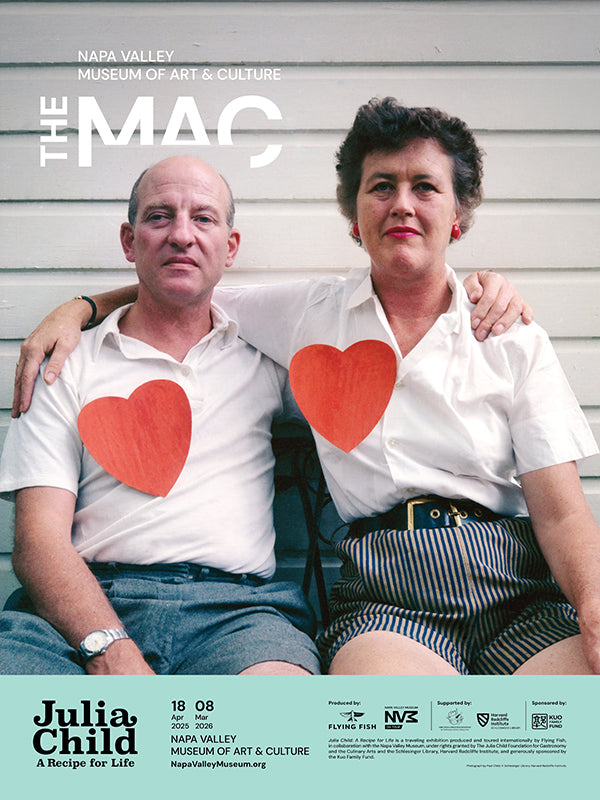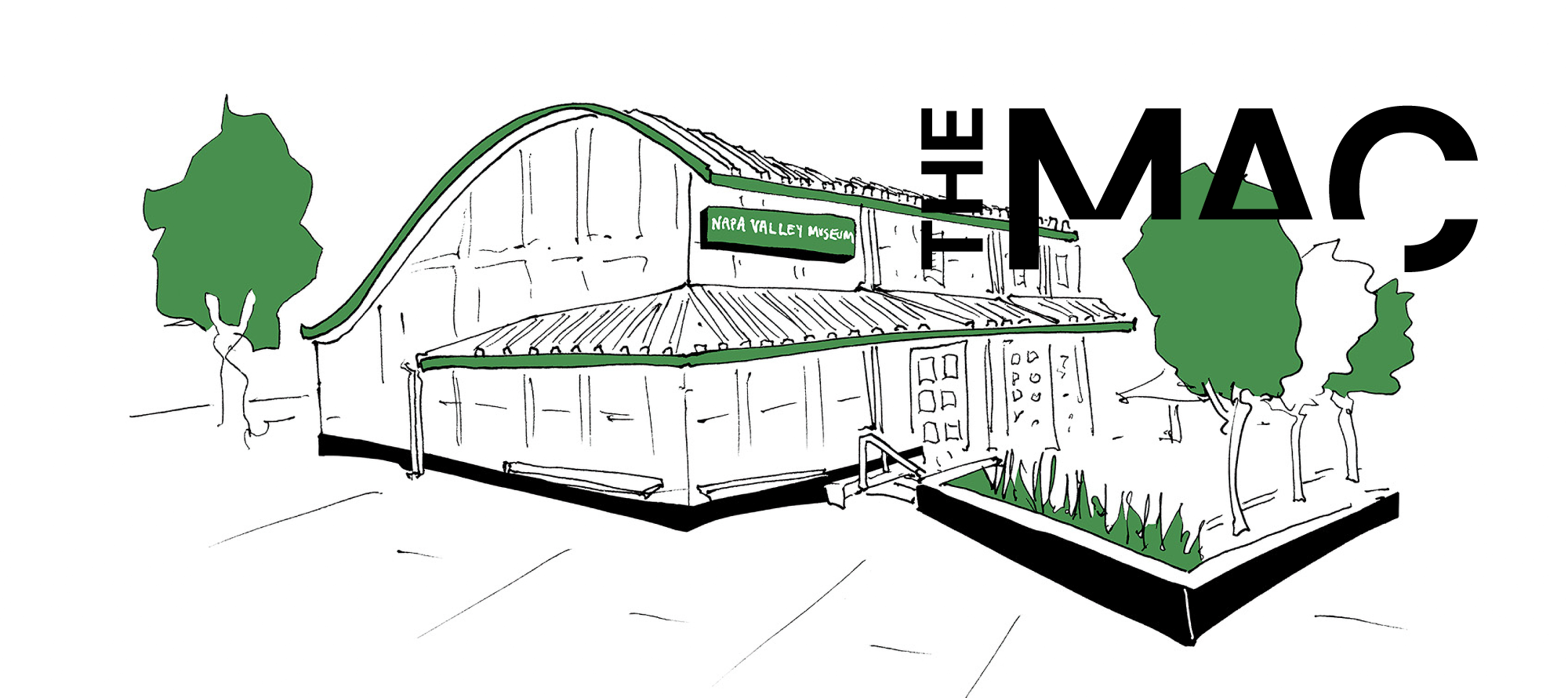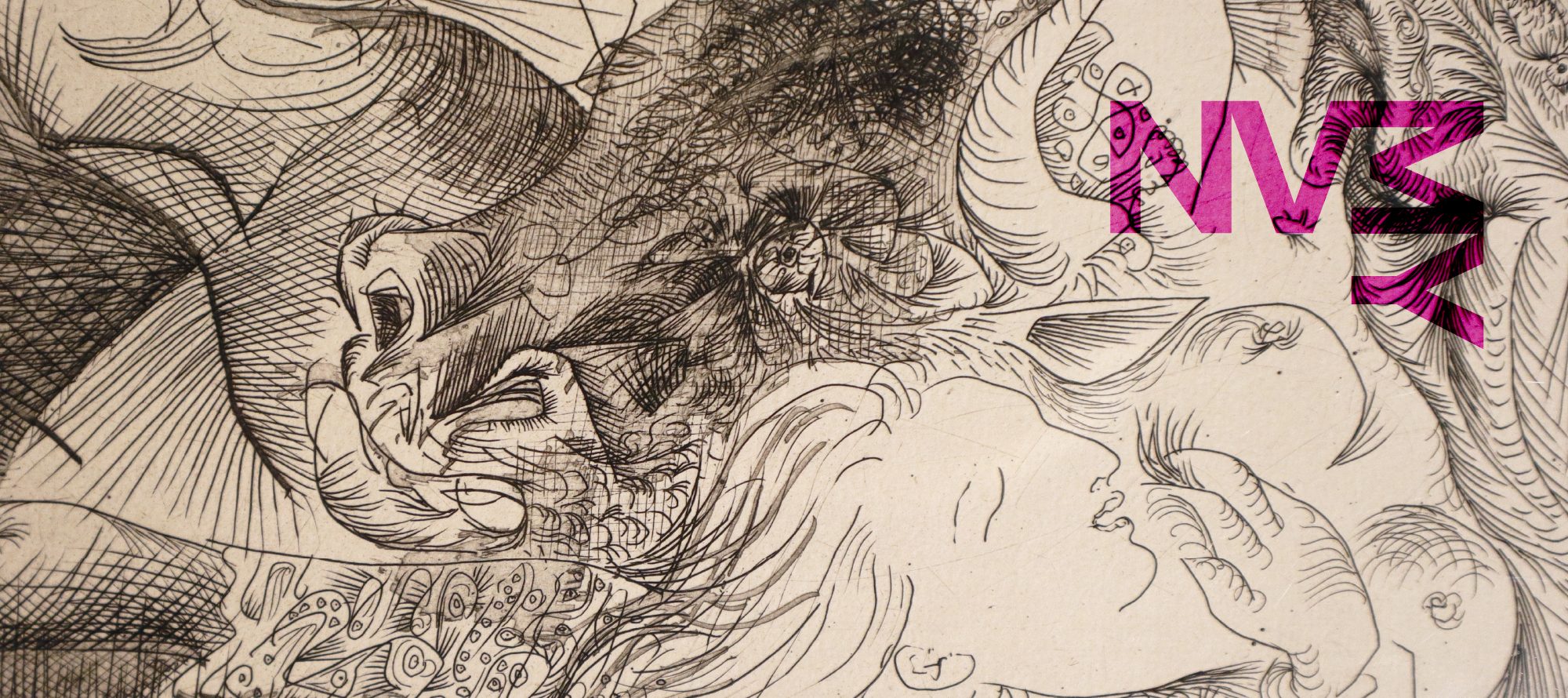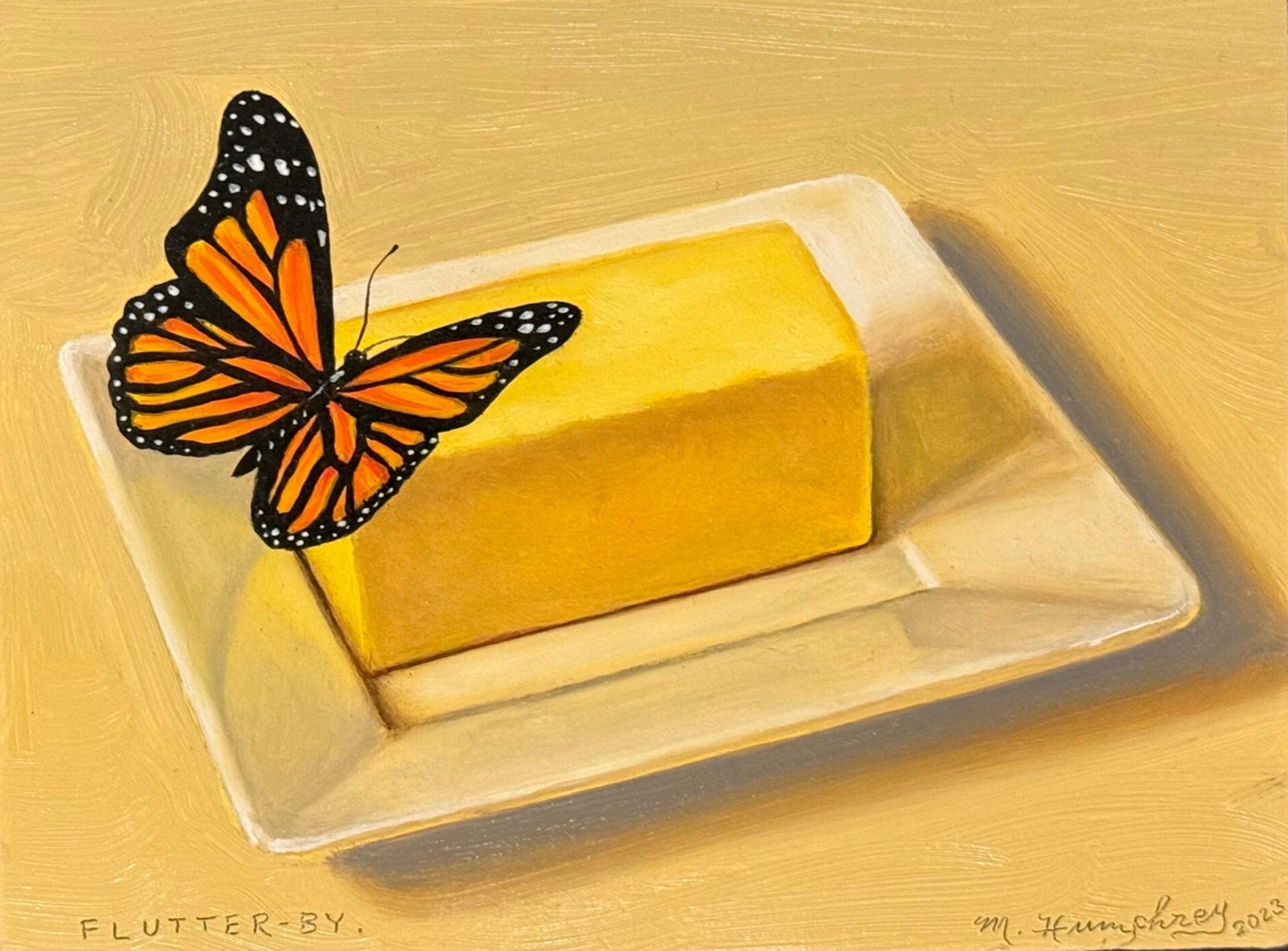[Featured Image: N. C. Wyeth, Young Maine Fisherman, 1933, oil on canvas, 53 3/8 × 48 1/8 inches. Bank of America Collection.]
April 11, 2026 to September 13, 2026
From April 11, 2026 to September 13, 2026, the MAC presents The Wyeths: Three Generations, Works from the Bank of America Collection. This exhibition provides a comprehensive survey of works by N. C. Wyeth, one of America’s finest illustrators; his son, Andrew, an important realist painter; and Andrew’s son Jamie, a popular portraitist. Through the works of these artists from three generations of the Wyeth family, themes of American history, artistic techniques and creative achievements can be explored. Visitors will explore 75 paintings, mixed media and drawings by artists from three generations of the Wyeth family, all showcasing a commitment to realism, technical brilliance, and narrative sensibility.
For more than a century, members of the Wyeth family have created works of art that fascinate and captivate the imagination making the Wyeth tradition one of the most enduring and celebrated legacies in all of American art. This exhibition presents a selection of the work of five of the family’s artists through 75 remarkable paintings and drawings. Patriarch N.C. Wyeth was one of the country’s foremost illustrators at the turn of the twentieth century. Included in the exhibition are his classic illustrations for books by Robert Louis Stevenson and Washington Irving. N.C.’s son Andrew is known for his haunting, highly detailed realist paintings. Not as well known as her brother, Henriette Wyeth was an accomplished artist who painted striking landscapes, and still lifes. Andrew Wyeth’s son, Jamie, represents the third generation of the family. His paintings often feature the people, animals, and landscapes of Maine and Pennsylvania, and are imbued with a sense of magic and mystery. Works by Peter Hurd, a student of N.C. Wyeth and husband of Henriette Wyeth, are also included in the exhibition.
Artists
N.C. Wyeth (American, 1882–1945) has long been considered one of the nation’s leading illustrators. In the early 1900s, he studied with illustrator Howard Pyle in Delaware. In 1911, he built a house and studio in nearby Chadds Ford, Pennsylvania. Later, he bought a sea captain’s house in Maine and in 1931 built a small studio, which he shared with his son, Andrew, and his daughters. The exhibition includes illustrations for books by Robert Louis Stevenson and Washington Irving as well as historical scenes, seascapes and landscapes.
Henriette Wyeth (1907–1997) began her art studies with her father at age eleven and overcame polio to become an accomplished portraitist even as a teenager. She married artist
Peter Hurd, also a student of N. C. Wyeth, and relocated to southern New Mexico, where the Wyeth-Hurd home became a mecca for celebrities seeking portraits. Today, she is considered one of the great women painters of the twentieth century.
Andrew Wyeth (American, 1917–2009) is one of the United States’ most popular artists, and his paintings follow the American Realist tradition. He was influenced by the works of Winslow Homer, whose watercolor technique he admired, as well as by the art of Howard Pyle and his father, N. C. While Andrew painted recognizable images, his use of line and space often imbue his works with an underlying abstract quality. The exhibition includes important works from the 1970s and 1980s as well as recent paintings.
Jamie Wyeth (American, b. 1946), like his father and grandfather, paints subjects of everyday life, in particular the landscapes, animals and people of Pennsylvania and Maine. In contrast to his father—who painted with watercolor, drybrush and tempera—Jamie works in oil and mixed media, creating lush painterly surfaces. The eighteen Jamie Wyeth paintings in the exhibition represent all periods of his career.
This exhibition has been loaned through the Bank of America Art in our Communities® program
At Bank of America, we believe that investing in the arts helps to build communities and has a positive impact on the lives of our clients and employees. We support a wide range of local and global nonprofit organizations with funding and programming to drive engagement, promote cultural sustainability and make the arts more accessible and inclusive in the communities we serve, part of how we deliver Responsible Growth.
Our support includes offering our art collection to communities through curated exhibitions that museums and nonprofit galleries may borrow at no cost. Since launching this program in 2008, we have shared exhibitions with over 175 museums around the globe to promote greater cultural understanding


